Pictures of some of the Falcons' top players.

RB Devonta Freeman

RB Devonta Freeman

RB Devonta Freeman

WR Julio Jones

WR Julio Jones
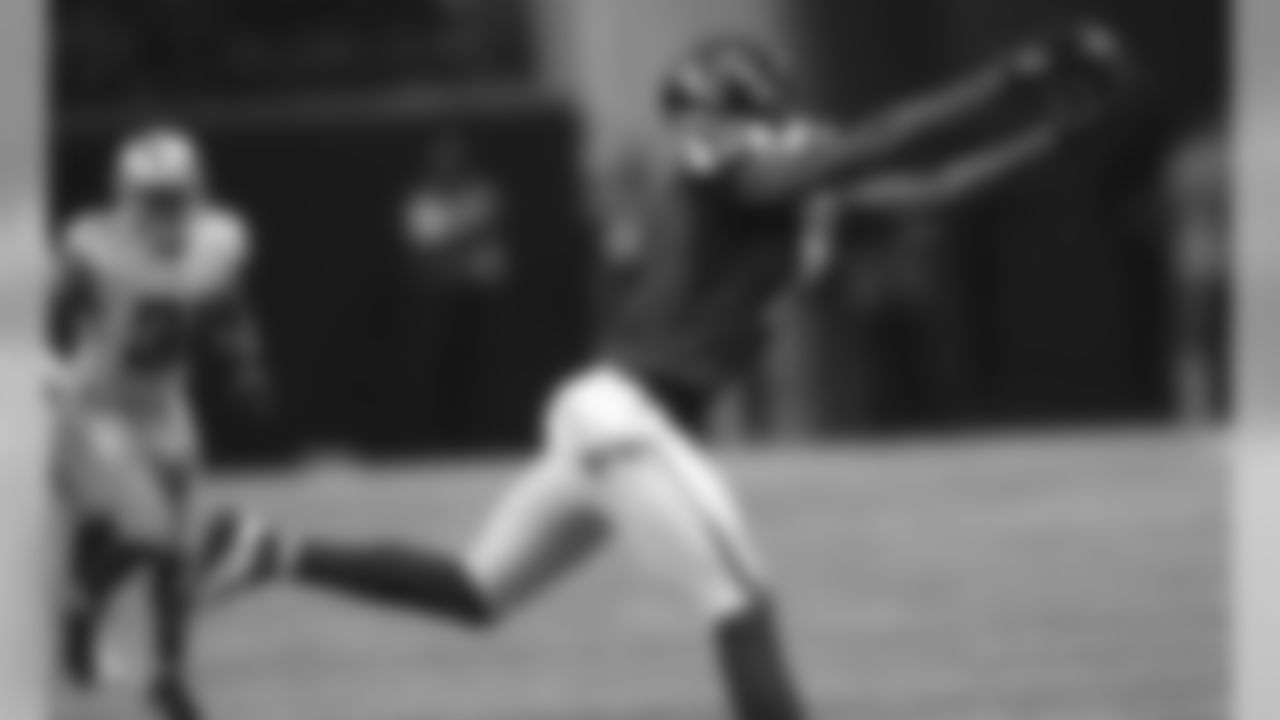
WR Julio Jones

LB Vic Beasley
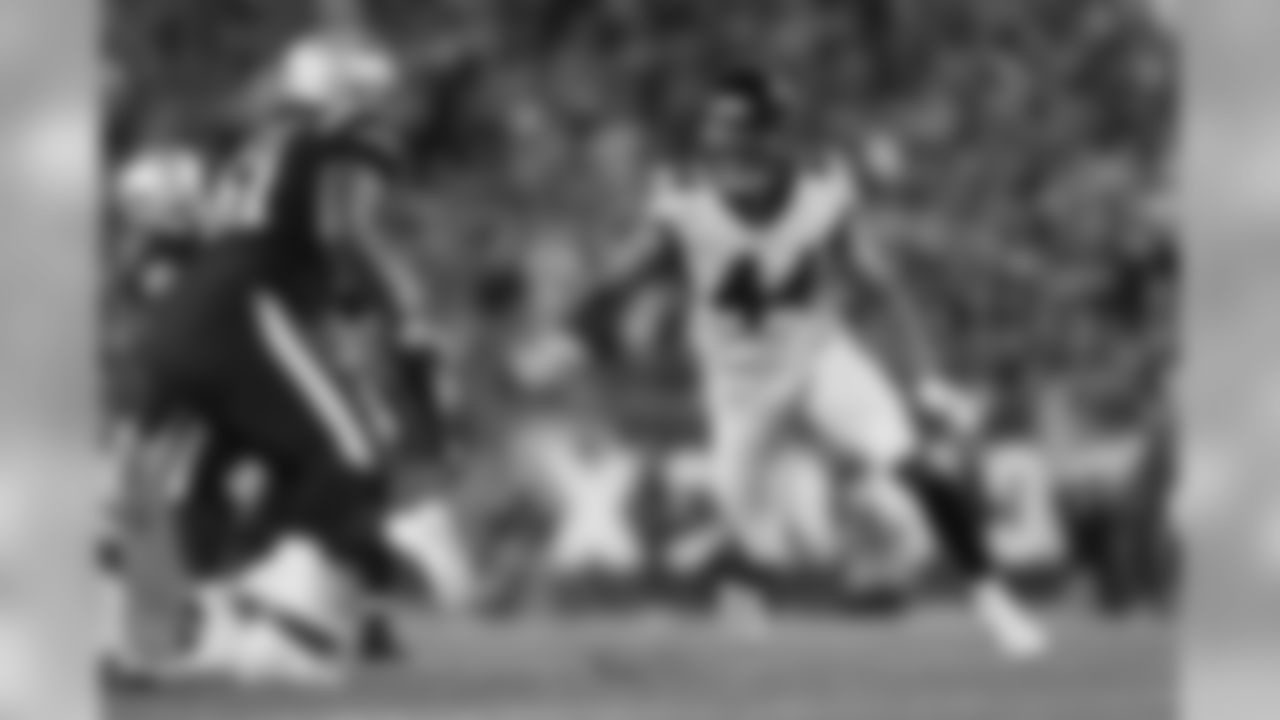
LB Vic Beasley

LB Vic Beasley

S Keanu Neal

S Keanu Neal

S Keanu Neal
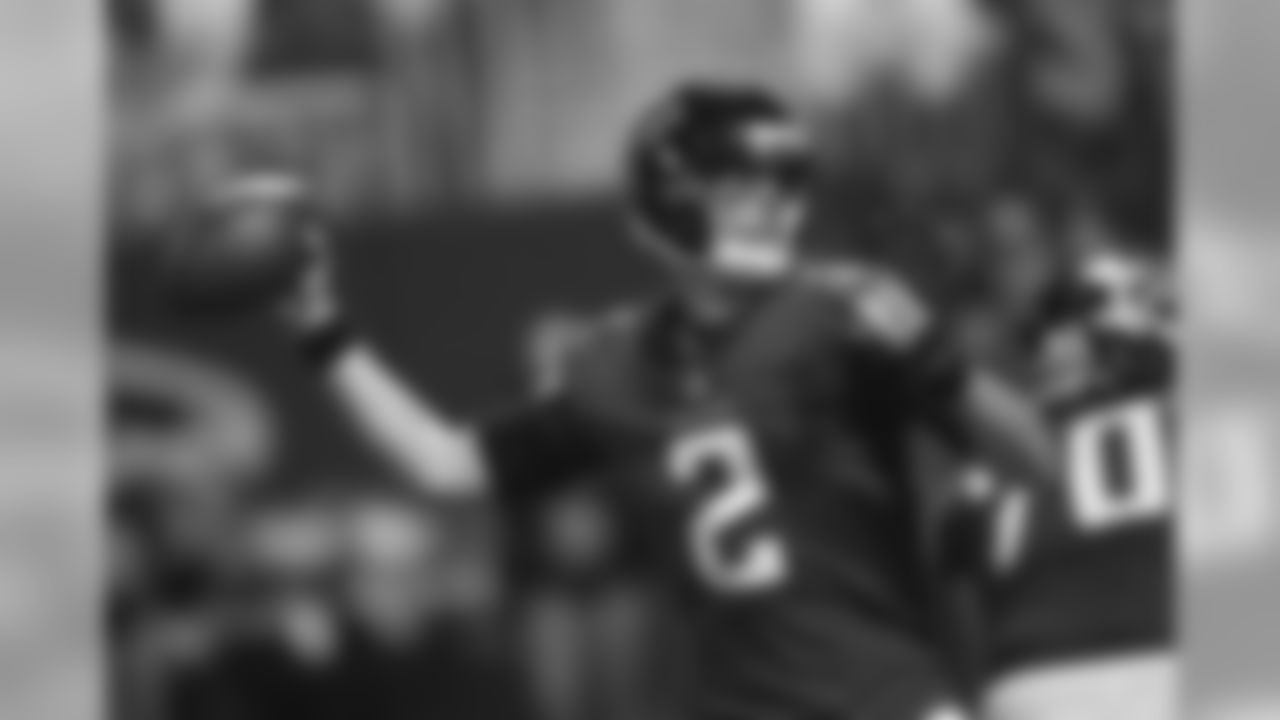
QB Matt Ryan

QB Matt Ryan

QB Matt Ryan

CB Desmond Trufant

CB Desmond Trufant

CB Desmond Trufant

DE Adrian Clayborn

DE Adrian Clayborn

DE Adrian Clayborn

DT Grady Jarrett

DT Grady Jarrett
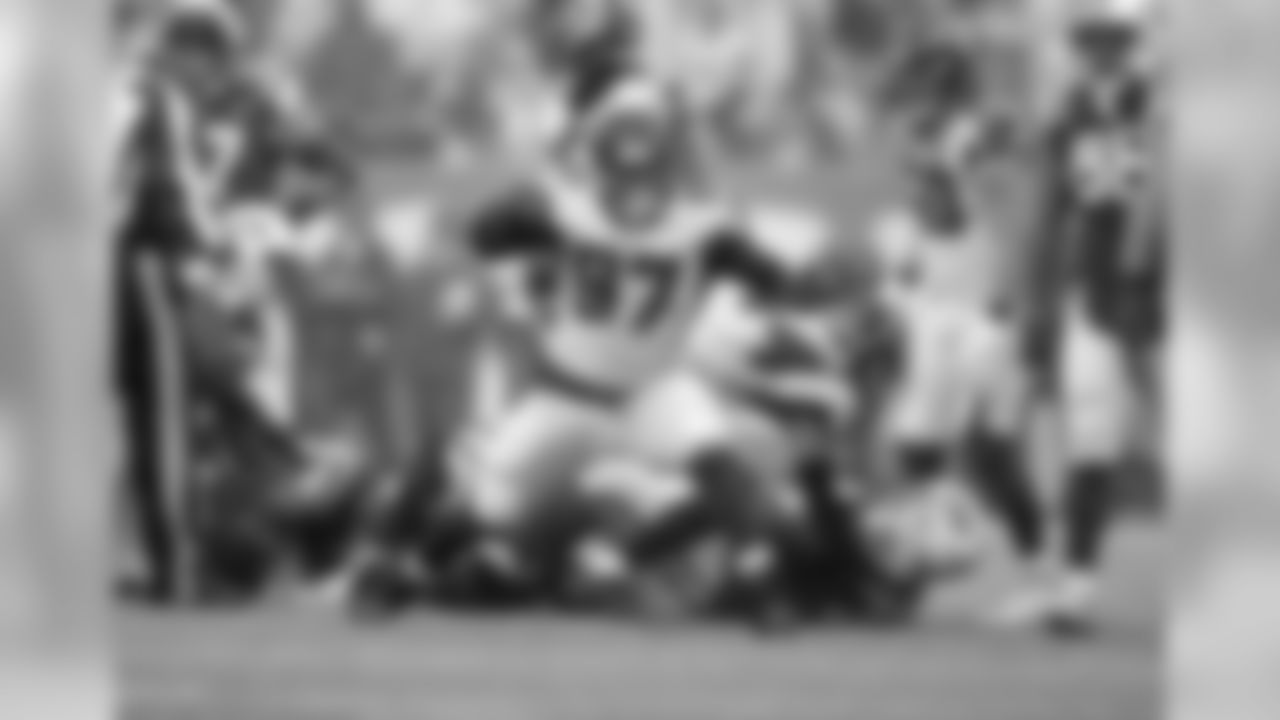
DT Grady Jarrett

RB Tevin Coleman

RB Tevin Coleman

RB Tevin Coleman

WR Mohamed Sanu
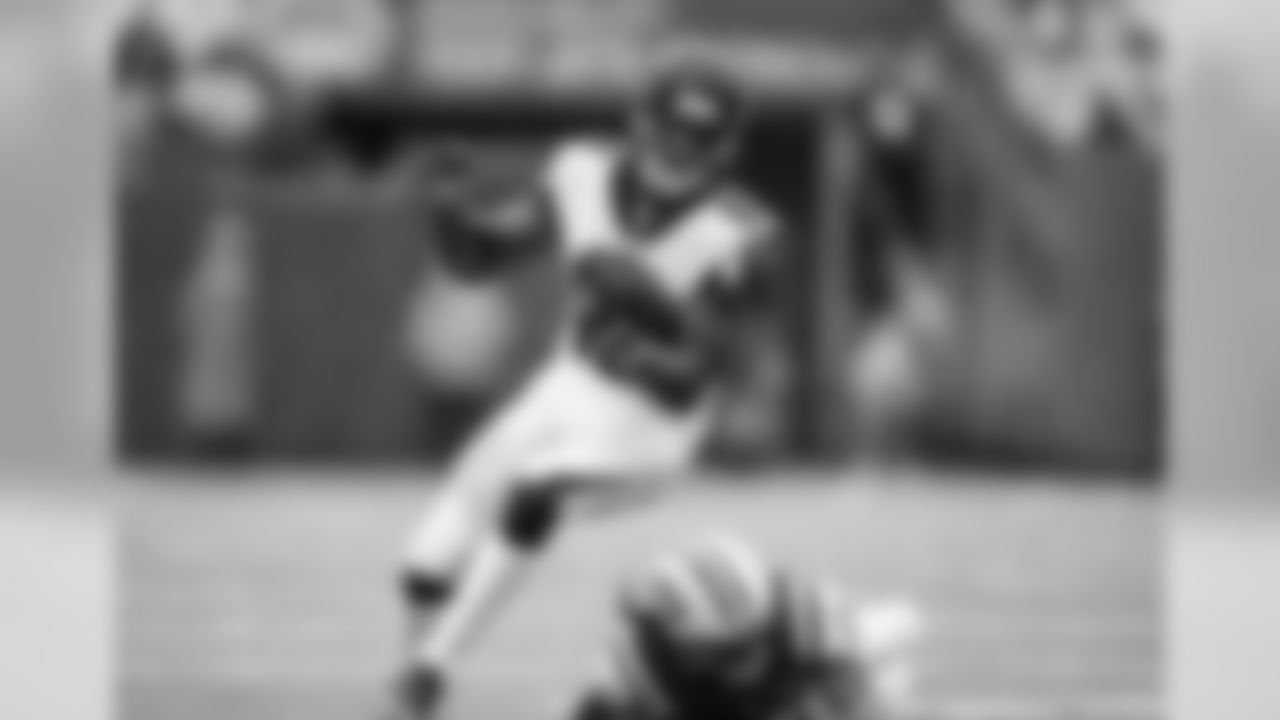
WR Mohamed Sanu

WR Mohamed Sanu
For most NFL teams, in most in-season weeks, Tuesday is the player's day off. It's a chance to rest, regroup and – win or lose the previous weekend – turn the page to the next opponent.
It's also a perfect time for us to discuss the hottest topics surrounding the Tampa Bay Buccaneers. And for that reason, the One Buc Mailbag is back! Every Tuesday, I'll be fielding a handful of questions from the fans, but you can send them in all throughout the week. The easiest way is to hit me up on Twitter (@ScottSBucs, using #BucsMailbag), but if 280 characters aren't quite enough to get your point across, you can also send an email to tbbsocial@buccaneers.nfl.com.
This week, we discuss Cameron Brate's role in the offense, the chances of Kendell Beckwith winning a postseason award and the rate at which the Buccaneers score points after Lavonte David takes the ball away from the opposing offense. Let's get to it.
1. Brate's Playtime Rate
This question was actually sent during Sunday's game as a response to my tweet about offensive lineman Leonard Wester catching a two-yard touchdown pass. I guess the thought behind it is that the Bucs were turning to a lineman, of all people, to target near the goal line rather than Brate due to some dissatisfaction with Brate. But that's really not what happened here.
It's true that Brate wasn't on the field for that play, but that was a function of something very specific the Bucs were trying to accomplish with their personnel. It was first-and-goal at the two-yard line and the team brought in a "jumbo package" with no receivers, two tight ends, a fullback, a tailback and Wester as a lineman who declares himself eligible to the officials. Essentially, it's a three-tight end formation, with Wester functioning as a tight end but looking very much to the other team like just another blocker.
And that's exactly what he was when the Buccaneers were in the same spot a little earlier in the fourth quarter. Tampa Bay brought in this same personnel grouping on second-and-goal at the two and tried to run Peyton Barber up the middle. That play was stuffed but the Bucs stayed with their jumbo personnel and Jameis Winston faked a handoff and threw a touchdown pass to tight end O.J. Howard, who had lined up tight on the right end of the line.
All of this was a perfect set-up for the Buccaneers if they happened to get down in that same part of the field again, which they did. When the team sent out the same grouping for a first-and-goal at the two midway through the fourth quarter, it was natural for Detroit defenders to be expecting what they had already seen out of that formation. Meanwhile, the Buccaneers had taken note of the fact that Wester had been left alone when he had peeled off a block and snuck into the end zone on the play that resulted in Howard's touchdown. Dirk Koetter told Winston to first look right after the snap and then to peek back to see if Wester had once again been ignored. He had, and it was an easy touchdown.
So it's true that Brate wasn't on the field for those plays, but that was hardly due to any issue with his play. Howard and Auclair are considered the better blockers among the tight ends, and obviously an offensive linemen is going to excel in that regard, compared to most tight ends. Putting Wester out there instead of Brate also creates the necessary subterfuge. If Brate had been on the field, you can bet that the Lions' defense would have been paying more attention to the possibility that he would go out on a route.
We all know that the Buccaneers like employing Brate in the red zone, particularly when Jameis Winston is at the helm of the offense. Brate has 14 touchdown catches over the last two years, and almost all of those came on plays that were snapped in the red zone. The others, such as his great one-handed 28-yard TD catch in Green Bay, were run just outside the red zone. There is a difference between the package a team prepares for the red zone in general, and one it prepares for a goal-line snap. On Monday, Koetter defined that situation as the ball being at the two-yard line or closer. That's a whole different set of circumstances and it sometimes calls for a very specific personnel package.
Overall, Brate's playing time has been very consistent all season. He has been on the field for somewhere between 48% and 68% of the Bucs' offensive snaps in 11 of the 13 games so far. It's true that the two exceptions are the two most recent games, but I don't think that's a trend. If you look at those two games, there's one thing the Bucs did differently in those two games: They ran the ball well. When the Bucs are in more of a run-game mode, Brate's snaps are going to go down a bit.
I know there has been a big disparity in Brate's numbers between the first and second halves of the season. If you were getting great value out of him in your fantasy football league, you're probably a bit irritated about how things have gone down over the last five weeks. But, as Koetter often says, sometimes the football doesn't find you. That seems to be the case for Brate recently, but don't worry, he has most definitely not fallen out of favor. And he has not been "benched."
2. DROTY?
I think the Defensive Rookie of the Year (DROTY) race is very tight…in Tampa. Kendell Beckwith has obviously had a very impressive year, particularly in terms of how many different roles he's filled, and filled well. But I'm not sure he's a clear winner over fellow 2017 draftee Justin Evans. Beckwith started out faster, particularly when both Kwon Alexander and Lavonte David went down early and he started playing every snap of every game, but Evans has come on late.
Beckwith is third on the team with 60 tackles, has seven tackles for loss (an impressive number), a sack, two quarterback hits, two passes defensed and one forced fumble. Evans is next on the tackle chart with 59, is tied for the team lead with three interceptions and now he's the one playing virtually every snap. I'm tempted to go with Evans because of the interceptions, but if I had to pick I'd still probably stick with Beckwith. The Bucs would have been in real trouble without him this season.
Unfortunately, I don't think either player is going to win Defensive Rookie of the Year in the NFL, if for no other reason than Tampa Bay's 31st-place defensive ranking. Voters aren't going to be combing the Bucs' defense for rookie standouts when the overall results have not been impressive. It would have taken some kind of standout stat, like 10 sacks or seven picks, for a Buccaneer player to get much love in awards voting.
I think the favorite is probably New Orleans cornerback Marshon Lattimore. Lattimore has the same number of picks as Evans, but he's gotten a lot of positive publicity as being the type of "shutdown corner" that the Saints' defense badly needed. The Saints are 9-4, probably playoff bound, and their defense has improved from 31st in the NFL in points allowed last year (and 32nd in 2015, 28th in 2014) to 11th this year.
Others who will get the voters' attention include Buffalo cornerback Tre'Davious White (three picks, two fumble recoveries, a touchdown), Cleveland defensive end Myles Garrett (first overall pick, 5.0 sacks), Pittsburgh linebacker T.J. Watt (6.0 sacks), Jets safety Jamal Adams and San Francisco defensive end Solomon Thomas.
3. Lavonte's Largesse
This is yet another game-day response to a tweet I sent out on Sunday. When Lavonte David stripped the football from Lions tight end Eric Ebron and eventually recovered the elusive football himself, it was both his fifth forced fumble and his fifth fumble recovery of the season. Nobody in the NFL is doing that sort of thing better than David this year.
I can't tell if the follow-up from Ronnie is meant in a negative manner or not; are we saying, 'Big deal with all the turnovers if they don't actually lead to points?' I tend to think it's the latter, since three plays after David's recovery, the Buccaneers fumbled it back to Detroit. Of course, there's not much that Lavonte David can do about that. Either way, I can provide the answer to the question.
Technically, David is responsible for five turnovers, since it is the recovery of the fumble and not the forcing of it that is considered the takeaway. Let's look at those first.
- David had his first fumble recovery in the opener against Chicago in the opener. The Buccaneers scored a touchdown on the resulting possession.
- David recovered a fumble in Arizona in Week Six and returned it for a touchdown.
- David recovered a fumble the next week in Buffalo and the Bucs scored a touchdown on the resulting possession.
- David recovered a fumble against the Jets in Week 10 and the Bucs followed with a field goal.
- As noted, the Buccaneers turned the ball back over after David's fumble recovery against Detroit.
So his five takeaways have resulted in three touchdowns, one field goal and a total of 28 points (there was a two-point conversion on his TD in Arizona). Even with the last one coming up short, that's an 80% score rate and an average of 5.6 points per return on his takeaways. In contrast, the Buccaneers have scored after eight of their other 18 takeaways this season (44.4%) and have picked up an average of 2.4 points per opportunity. Lavonte David's takeaways have been very productive!
David's pretty good at recovering the same fumbles he forced, as he did on Sunday and back in Week Six in Arizona. He's done that three times. One of his other two forced fumbles was recovered by the offense, so it wasn't a turnover. The other one was recovered by safety T.J. Ward in New Orleans, and that one led to a Buccaneer field goal. If you want to include that as a sixth Lavonte David-caused turnover, I wouldn't argue. In that case, the Bucs would have a score rate of 83.3% following his takeaways and an average of 5.2 points scored per opportunity.
I really hope that question was meant as a putdown, because if it was it really didn't work out!
































